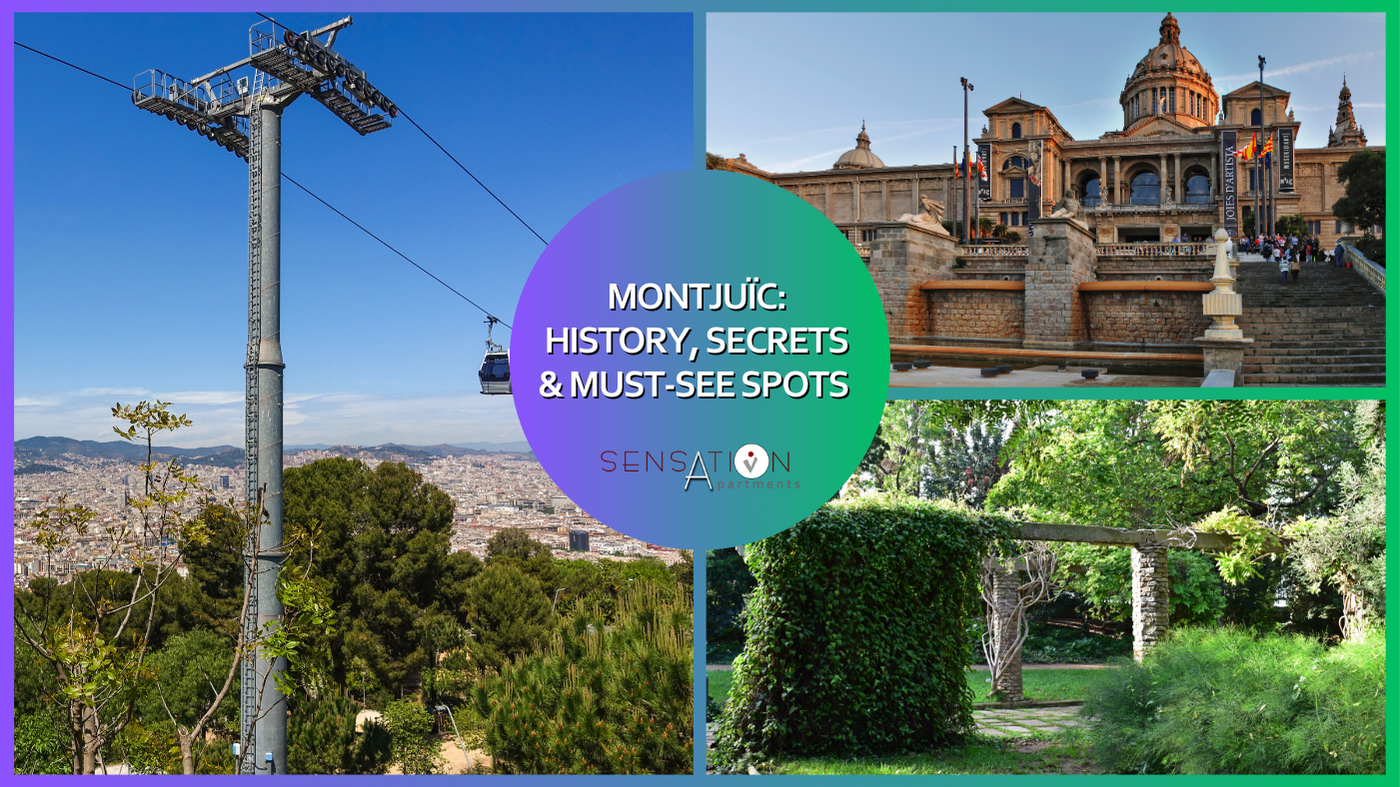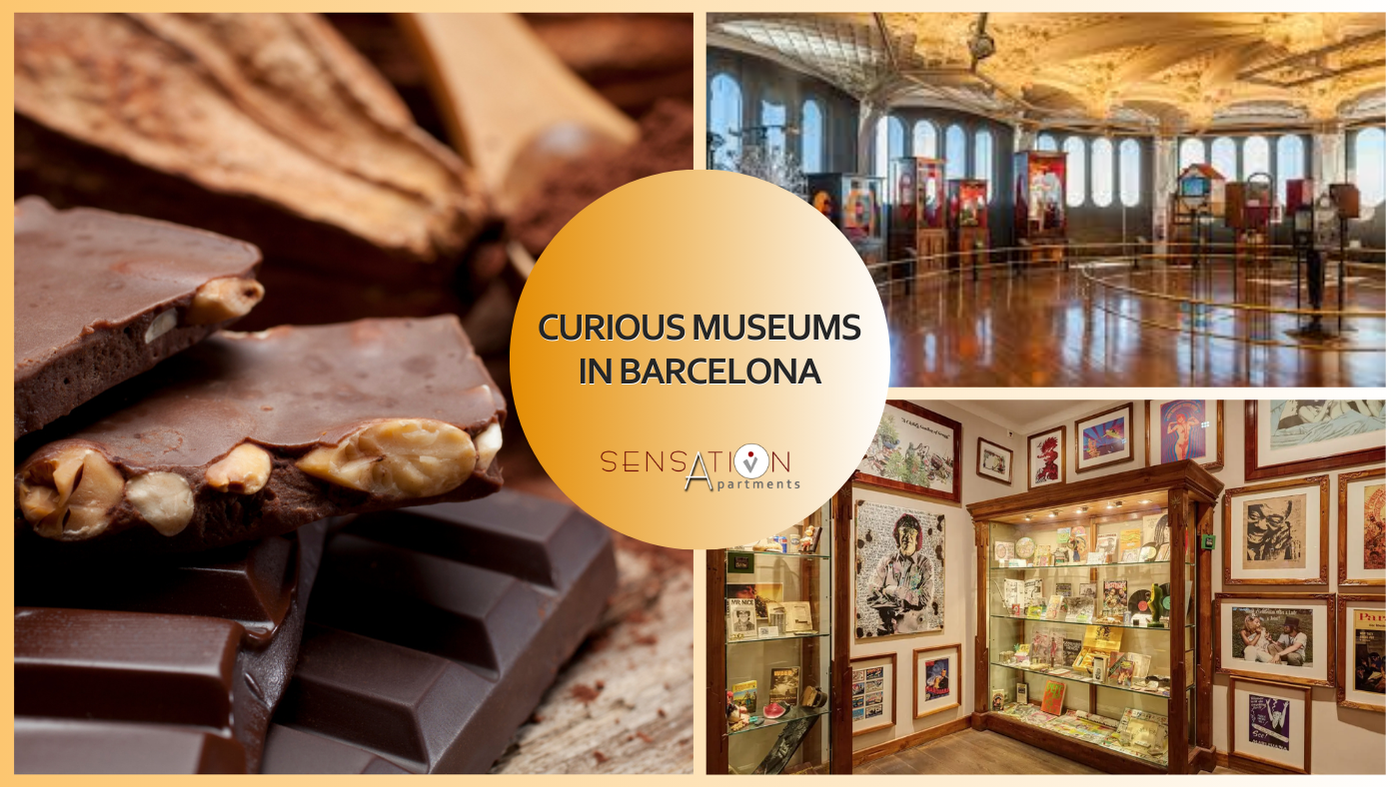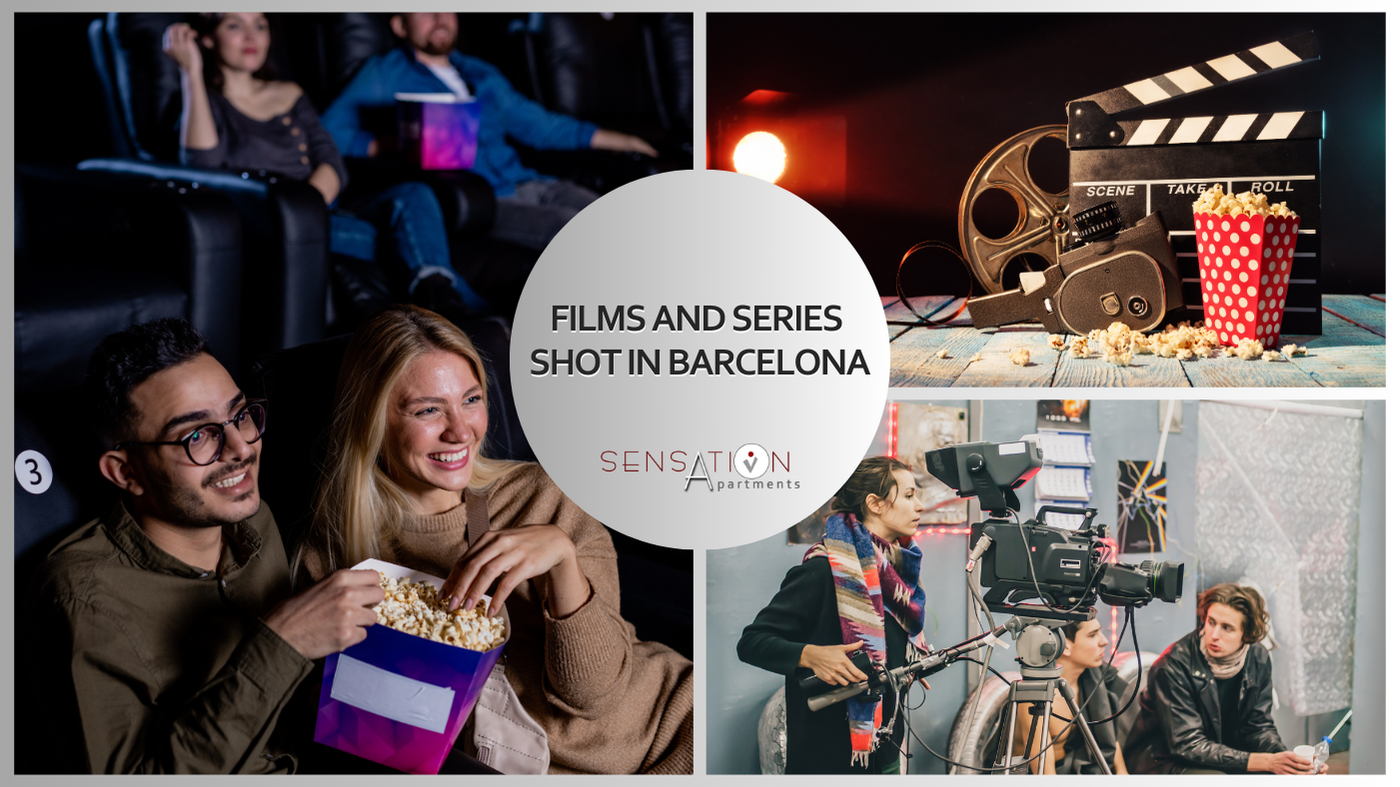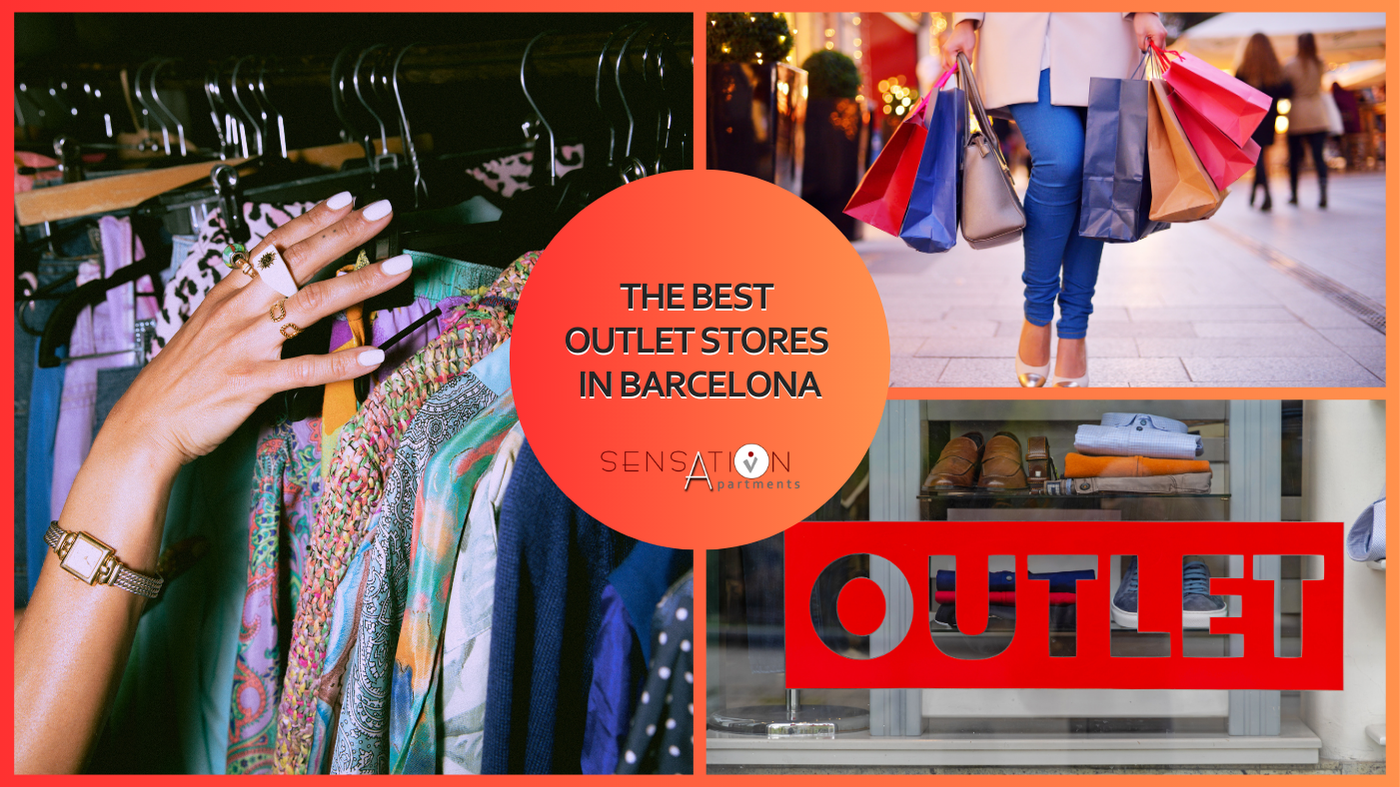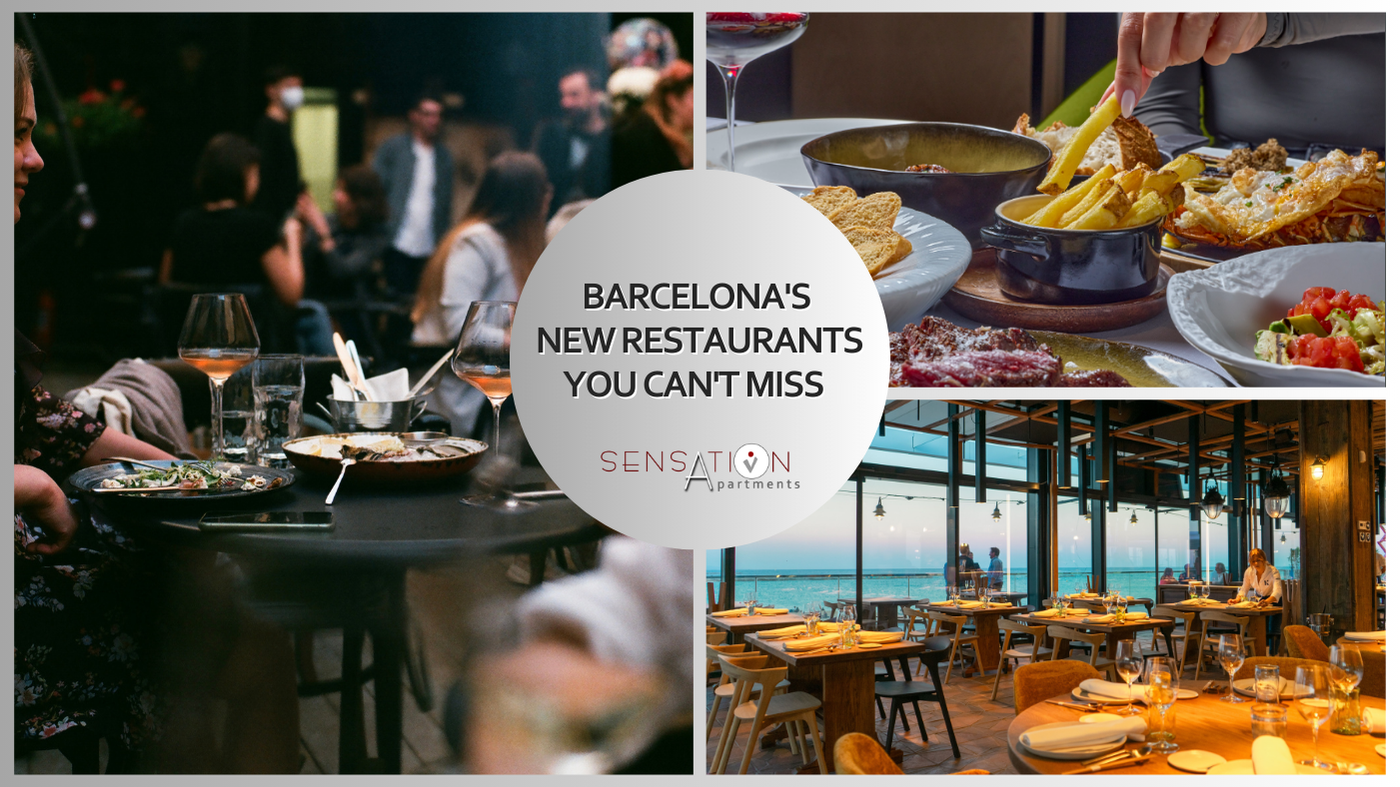Montjuïc: History, secrets, and must-see spots
Culture 12/03/2025
Barcelona is a city steeped in history, and one of its most iconic treasures is Montjuïc, the majestic mountain that dominates the city's skyline. From its centuries-old castle to its gardens and museums, Montjuïc is a destination that combines nature, culture, and history in one place.
A LITTLE HISTORY
The name "Montjuïc" comes from the Latin "Mons Jovicus" (Mount of Jupiter) or the Old Catalan "Mont dels Jueus" (Mount of the Jews), as an ancient Jewish cemetery once stood here. For centuries, it has been a strategic point for the defense of Barcelona, especially with the construction of Montjuïc Castle in the 17th century.
In 1929, the mountain was the epicenter of the Barcelona International Exposition, leading to the construction of iconic buildings such as the National Palace (now the National Art Museum of Catalonia – MNAC). Later, in 1992, Montjuïc shone again as the main venue for the Barcelona Olympic Games.
WHAT TO SEE IN MONTJUÏC?
Montjuïc Castle
Montjuïc Castle is a historic fortress located atop Montjuïc Hill in Barcelona. Built in the 17th century, originally as a military fort, it offers stunning panoramic views of the city and the port. Today, it is a major tourist attraction, hosting exhibitions and cultural events, and is a symbol of the city's history.
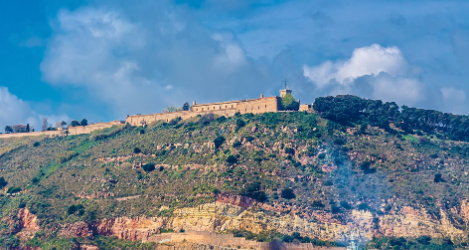
Miró Foundation
The Joan Miró Foundation, located in Barcelona's Montjuïc Park, is a museum dedicated to the famous Catalan artist. Opened in 1975, it houses an extensive collection of his works, including paintings, sculptures, and drawings. The foundation also promotes contemporary artistic creation through temporary exhibitions and cultural activities. The building, designed by architect Josep Lluís Sert, blends harmoniously with its natural surroundings.
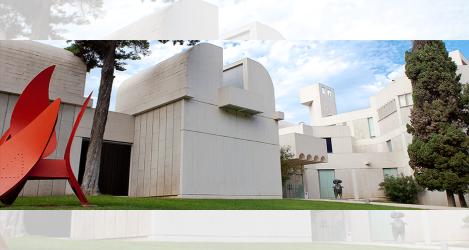
MNAC - National Museum of Contemporary Art
The National Art Museum of Catalonia (MNAC) is located in the Palau Nacional de Montjuïc in Barcelona. Founded in 1990, it houses one of the most comprehensive collections of Romanesque art, as well as outstanding Gothic, Renaissance, Baroque, and Modernist works. The museum offers a valuable insight into the history of Catalan art and features an impressive collection of European art, including works by artists such as El Greco, Velázquez, and Casas.
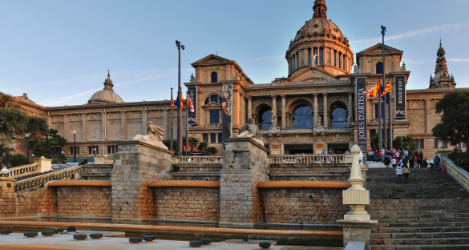
Magic Fountain of Montjuïc
The Magic Fountain of Montjuïc, located in Barcelona's Plaza de España, is an iconic fountain that offers water, light, and music shows. Inaugurated in 1929, the fountain is famous for its impressive nighttime shows, where the water illuminates with vibrant colors and synchronizes with melodies, creating a magical atmosphere for visitors. It is one of the city's most popular attractions.
The Magic Fountain of Montjuïc is currently out of service due to water-saving measures due to drought.
![]()
Montjuïc Gardens
The Montjuïc Gardens in Barcelona are a collection of green spaces located on Montjuïc Mountain, offering a natural respite from the city. Among its highlights are gardens such as the Laribal Gardens, the Mossèn Costa i Llobera Gardens, and the Botanical Garden. They also boast stunning panoramic views, fountains, and a diverse array of flora that attract both nature lovers and tourists exploring the mountain.
![]()
Olympic Ring
The Montjuïc Olympic Ring in Barcelona was the epicenter of the 1992 Olympic Games. Located at the top of Montjuïc Mountain, it houses several iconic buildings such as the Olympic Stadium, the Sant Jordi Palace, and Calatrava's Communications Tower. This complex is now a major tourist and sports center, surrounded by large green areas and offering panoramic views of the city.
![]()
Barcelona Cable Car
The Barcelona Cable Car, which connects Montjuïc Mountain with the city's port, offers spectacular views of Barcelona and its coastline. Opened in 1931, the cable car provides a unique way to explore the city, allowing visitors to enjoy panoramic views of the city, the sea, and major tourist attractions, such as Montjuïc Castle.
![]()
Poble Espanyol
The Poble Espanyol is an open-air architectural museum located on Montjuïc Hill in Barcelona. Built in 1929 for the International Exposition, it recreates life-size streets, squares, and representative buildings from various regions of Spain. It's an ideal place to discover the country's cultural diversity through its architecture, crafts, and cuisine. It also houses artisan workshops, shops, restaurants, and event and exhibition spaces. Its picturesque atmosphere and cultural offerings make it a must-see for those who want to explore Spain without leaving Barcelona.
![]()
ANECDOTES AND CURIOSITIES
Pirates in Montjuïc
The fortification of Montjuïc Castle in Barcelona was built in the 17th century to protect the city from potential attacks, including pirate raids and enemy raids. Over the centuries, the castle has served as a prison and military fortress.
![]()
The 1992 Barcelona Olympic Games
They were a historic event that transformed the city. Held from July 25 to August 9, 1992, the Games marked a turning point for Barcelona, modernizing its infrastructure and enhancing the city's international image. They were recognized for their excellent organization, spectacular opening ceremony, and the participation of more than 10,000 athletes from around the world. The Olympic Games also helped consolidate Barcelona as a major tourist and cultural destination.
![]()
Montjuïc and the cinema
The mountain has been the setting for several films and series, thanks to its iconic architecture, landscapes, and historical sites, such as Montjuïc Castle and the Olympic Stadium. Montjuïc also hosts the International Film Festival of Catalonia, one of the city's most important film events. Its open-air cinema, such as the "Cinema a la Fresca" at the Castle, has also been a cultural landmark for cinema in Barcelona.
![]()
"Vicky Cristina Barcelona" (2008) – Directed by Woody Allen, this film shows several locations in Barcelona, including the MNAC and the Magic Fountain of Montjuïc, in one of the most romantic scenes.
“All About My Mother” (1999) – Pedro Almodóvar used Barcelona as the backdrop for this moving story. Some scenes were filmed near the Teatre Lliure and Plaza Margarita Xirgu in Montjuïc.
"Perfume: The Story of a Murderer" (2006) – This international blockbuster, based on the novel by Patrick Süskind, used Montjuïc Castle to recreate the atmosphere of 18th-century France.
"REC 4: Apocalypse" (2014) – The horror saga filmed in Barcelona has some scenes in the Port of Barcelona area, near Montjuïc.
"The Last Days" (2013) – A Spanish post-apocalyptic thriller that shows several iconic landmarks of the city, including Montjuïc, in a deserted and ruined Barcelona.
"The Gunman" (2015) – An action thriller starring Sean Penn that includes scenes shot on location in Montjuïc and the Olympic Ring.
These films have taken advantage of Montjuïc's diversity, from its historic architecture to its modern spaces and natural landscape.
If you want to learn more about the SANTS - MONTJUÏC district, don't miss this article.
A LITTLE HISTORY
The name "Montjuïc" comes from the Latin "Mons Jovicus" (Mount of Jupiter) or the Old Catalan "Mont dels Jueus" (Mount of the Jews), as an ancient Jewish cemetery once stood here. For centuries, it has been a strategic point for the defense of Barcelona, especially with the construction of Montjuïc Castle in the 17th century.
In 1929, the mountain was the epicenter of the Barcelona International Exposition, leading to the construction of iconic buildings such as the National Palace (now the National Art Museum of Catalonia – MNAC). Later, in 1992, Montjuïc shone again as the main venue for the Barcelona Olympic Games.
WHAT TO SEE IN MONTJUÏC?
Montjuïc Castle
Montjuïc Castle is a historic fortress located atop Montjuïc Hill in Barcelona. Built in the 17th century, originally as a military fort, it offers stunning panoramic views of the city and the port. Today, it is a major tourist attraction, hosting exhibitions and cultural events, and is a symbol of the city's history.

Miró Foundation
The Joan Miró Foundation, located in Barcelona's Montjuïc Park, is a museum dedicated to the famous Catalan artist. Opened in 1975, it houses an extensive collection of his works, including paintings, sculptures, and drawings. The foundation also promotes contemporary artistic creation through temporary exhibitions and cultural activities. The building, designed by architect Josep Lluís Sert, blends harmoniously with its natural surroundings.

MNAC - National Museum of Contemporary Art
The National Art Museum of Catalonia (MNAC) is located in the Palau Nacional de Montjuïc in Barcelona. Founded in 1990, it houses one of the most comprehensive collections of Romanesque art, as well as outstanding Gothic, Renaissance, Baroque, and Modernist works. The museum offers a valuable insight into the history of Catalan art and features an impressive collection of European art, including works by artists such as El Greco, Velázquez, and Casas.

Magic Fountain of Montjuïc
The Magic Fountain of Montjuïc, located in Barcelona's Plaza de España, is an iconic fountain that offers water, light, and music shows. Inaugurated in 1929, the fountain is famous for its impressive nighttime shows, where the water illuminates with vibrant colors and synchronizes with melodies, creating a magical atmosphere for visitors. It is one of the city's most popular attractions.
The Magic Fountain of Montjuïc is currently out of service due to water-saving measures due to drought.
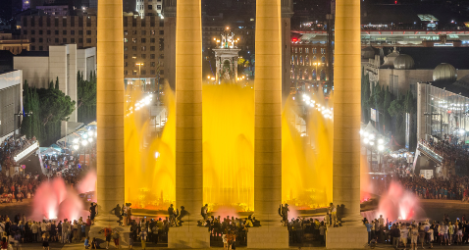
Montjuïc Gardens
The Montjuïc Gardens in Barcelona are a collection of green spaces located on Montjuïc Mountain, offering a natural respite from the city. Among its highlights are gardens such as the Laribal Gardens, the Mossèn Costa i Llobera Gardens, and the Botanical Garden. They also boast stunning panoramic views, fountains, and a diverse array of flora that attract both nature lovers and tourists exploring the mountain.
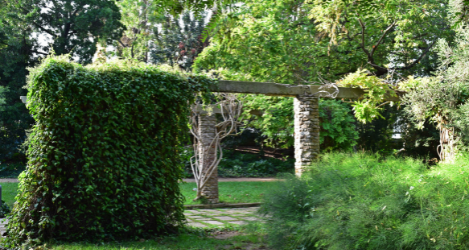
Olympic Ring
The Montjuïc Olympic Ring in Barcelona was the epicenter of the 1992 Olympic Games. Located at the top of Montjuïc Mountain, it houses several iconic buildings such as the Olympic Stadium, the Sant Jordi Palace, and Calatrava's Communications Tower. This complex is now a major tourist and sports center, surrounded by large green areas and offering panoramic views of the city.
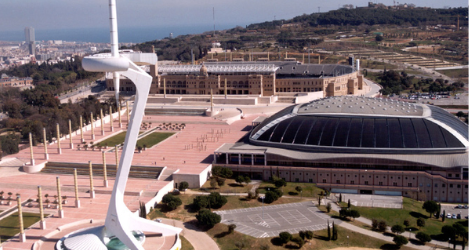
Barcelona Cable Car
The Barcelona Cable Car, which connects Montjuïc Mountain with the city's port, offers spectacular views of Barcelona and its coastline. Opened in 1931, the cable car provides a unique way to explore the city, allowing visitors to enjoy panoramic views of the city, the sea, and major tourist attractions, such as Montjuïc Castle.
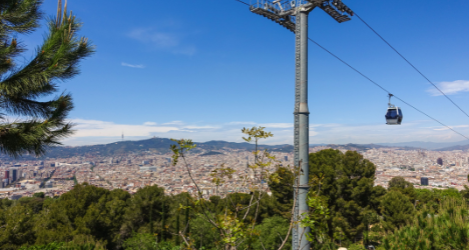
Poble Espanyol
The Poble Espanyol is an open-air architectural museum located on Montjuïc Hill in Barcelona. Built in 1929 for the International Exposition, it recreates life-size streets, squares, and representative buildings from various regions of Spain. It's an ideal place to discover the country's cultural diversity through its architecture, crafts, and cuisine. It also houses artisan workshops, shops, restaurants, and event and exhibition spaces. Its picturesque atmosphere and cultural offerings make it a must-see for those who want to explore Spain without leaving Barcelona.
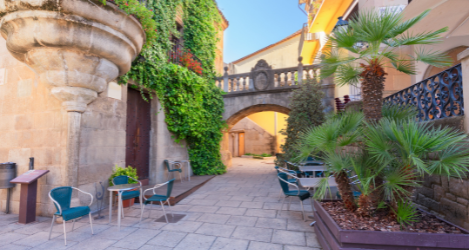
ANECDOTES AND CURIOSITIES
Pirates in Montjuïc
The fortification of Montjuïc Castle in Barcelona was built in the 17th century to protect the city from potential attacks, including pirate raids and enemy raids. Over the centuries, the castle has served as a prison and military fortress.
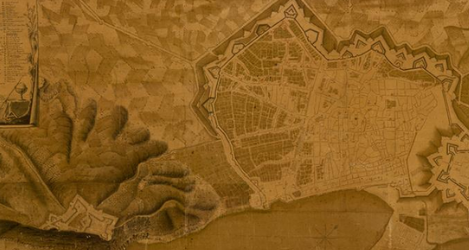
The 1992 Barcelona Olympic Games
They were a historic event that transformed the city. Held from July 25 to August 9, 1992, the Games marked a turning point for Barcelona, modernizing its infrastructure and enhancing the city's international image. They were recognized for their excellent organization, spectacular opening ceremony, and the participation of more than 10,000 athletes from around the world. The Olympic Games also helped consolidate Barcelona as a major tourist and cultural destination.
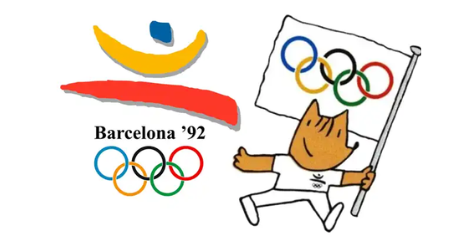
Montjuïc and the cinema
The mountain has been the setting for several films and series, thanks to its iconic architecture, landscapes, and historical sites, such as Montjuïc Castle and the Olympic Stadium. Montjuïc also hosts the International Film Festival of Catalonia, one of the city's most important film events. Its open-air cinema, such as the "Cinema a la Fresca" at the Castle, has also been a cultural landmark for cinema in Barcelona.

"Vicky Cristina Barcelona" (2008) – Directed by Woody Allen, this film shows several locations in Barcelona, including the MNAC and the Magic Fountain of Montjuïc, in one of the most romantic scenes.
“All About My Mother” (1999) – Pedro Almodóvar used Barcelona as the backdrop for this moving story. Some scenes were filmed near the Teatre Lliure and Plaza Margarita Xirgu in Montjuïc.
"Perfume: The Story of a Murderer" (2006) – This international blockbuster, based on the novel by Patrick Süskind, used Montjuïc Castle to recreate the atmosphere of 18th-century France.
"REC 4: Apocalypse" (2014) – The horror saga filmed in Barcelona has some scenes in the Port of Barcelona area, near Montjuïc.
"The Last Days" (2013) – A Spanish post-apocalyptic thriller that shows several iconic landmarks of the city, including Montjuïc, in a deserted and ruined Barcelona.
"The Gunman" (2015) – An action thriller starring Sean Penn that includes scenes shot on location in Montjuïc and the Olympic Ring.
These films have taken advantage of Montjuïc's diversity, from its historic architecture to its modern spaces and natural landscape.
If you want to learn more about the SANTS - MONTJUÏC district, don't miss this article.

